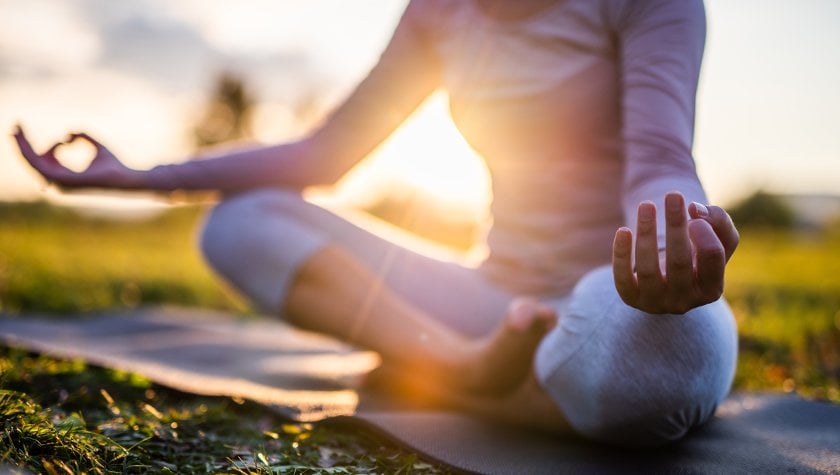Fellowship Season Prep Part 1: Mining Memories
April 17, 2020
Every spring, aspiring TV writers zhuzh up their spec scripts, polish their pilots and brace themselves for fellowship season.
While the odds of getting into a network and studio fellowship can be daunting, the preparation required for each submission and application is an invaluable process for any writer to participate in, regardless of the outcome. Not only because the deadlines provide great motivation for finishing and proofing your scripts, but because the submission process includes creative personal essay questions designed to reveal your voice. These essays are an opportunity to pitch yourself to the program — a skill you’ll need in spades when going on staffing interviews and pitching your own shows to execs down the road.
But, whether it’s your first or fifth time tackling them, these personal essay questions can sometimes spiral into an existential crisis. Who are you? What unique perspective do you bring to the table as a writer? How well can you execute your answer to make it stand out from hundreds of others?
With some extra time to reflect as we practice social distancing, I thought I’d share three writing exercises that can help you uncover rich and vivid personal stories to include in your fellowship essays, use as seeds for future work, or compile for your own self-reflection.
- Location memory mapping
Whether you’re brainstorming personal stories for your essays or you’re looking for a new angle on a personal story you’ve shared before, location memory mapping can help. This exercise uses recreated maps of places pivotal to your life to help recall important life moments you can use in your essays, bios, pitches and stories.
How to do it:
Make a list of your childhood homes. (If you’ve never moved in your life, congrats; this will be an easy step!)
Pick one location, and draw a floor plan of the home as best as you can from memory. If you had a yard, leave space on your paper to include as much of the yard as you can.
Once the floor plan and the back/front yard are finished, see how many memories come to mind for each room on the map. List key words for each memory next to the room in which they occurred.
Pick one memory from your list and write out what happened as best you can remember from start to finish.
Consider why this memory stands out. Was there a fundamental shift in your worldview after this moment? (Like learning Santa Claus isn’t real, or that you can’t trust your brother to keep a secret.) Or did the events in your memory solidify a worldview you already had? (Like that your parents will always be there no matter what, or that your family can always find the humor in even the darkest moments.)
Is there a connection from a theme in this memory to something you’re currently dealing with? A pattern of themes you’ve noticed throughout your life and writing? How would you retell this memory as a dramatic moment, and can you tell it as a comedic one too?
You can repeat these steps for every home you ever lived in, and go back to add in schools and places you’ve worked. This exercise is a perpetual fountain of story inspiration as well as a never-ending source of personal reflection.
You can also do a similar exercise using your body instead of a location:
- Body memory mapping
Body memory mapping is similar to location memory mapping, but you’ll start by drawing an outline of your body on the page instead of your home, school or place of work.
Then list out memories that come to mind with each part of your body. (The day you got your ears pierced, the toe you broke playing football or the lungs that needed an inhaler for most of your childhood, as examples.)
Ask yourself what events led up to the memories you’ve listed and what actions, emotions and life changes followed them. Are there any themes and patterns in these memories that carry over to the stories you write? How would you retell this memory as a comedic or dramatic scene?
Location and body memory mapping exercises can be precarious undertakings. It’s often said that trauma is stored in the body, so body memory mapping can especially stir up thoughts you might not know you’re avoiding. Be careful excavating your history, and treat yourself with care when you do.
And if you want to better flesh out the memories you’ve now uncovered:
- Get into your senses
A great way to hook your readers quickly is to open your essay or any story you may be writing in a way that draws on one’s senses. Not all essays need to start this way; it’s not a catch-all by any means. But if you want to try it here’s how to do it:
Write down each of the five senses (sight, sound, touch, taste and smell), spacing them out to give yourself enough room to write one to three sentences after each.
For the story or life moment you want to write about, make a list of words that come to mind with that memory for each of the five senses. You can check out this list of sensory detail words for inspiration.
Then write at least one sentence for each sense that could be used as an opening line for your essay or story. This will create a more visceral reaction to your writing from the very start.
Whether you use these exercises to enrich your fellowship essays or to generate ideas for your pitches and scripts, all three serve as great reminders that there can be no dry well for storytelling when you’ve got your memories to call on for inspiration.
Written by: Liz Thompson
Liz Thompson is a screenwriter, playwright, and development consultant, and has sold shows to CBS (sitcom) and NBC (procedural). She teaches strategy-based development classes for new and established writers, runs The Writer’s ARC group on Facebook, and crafts immersive puzzle hunts and books in her spare time. You can find more on Liz at www.HowToLiz.com.



